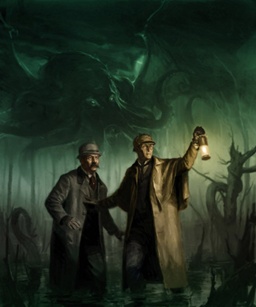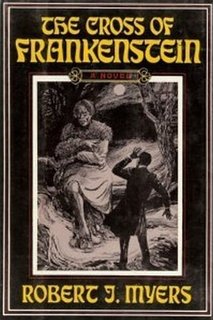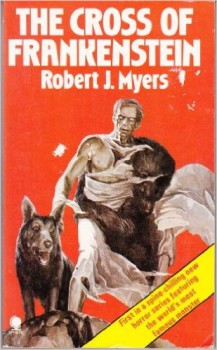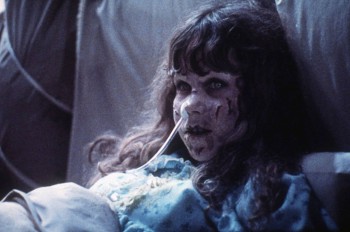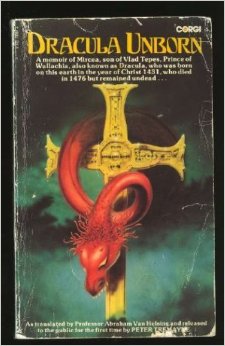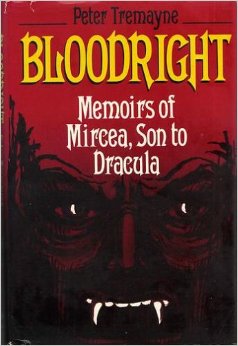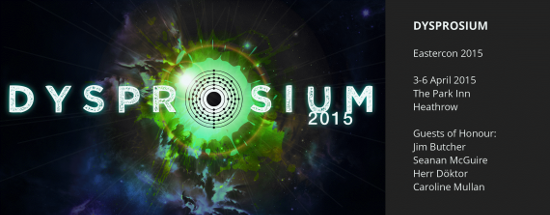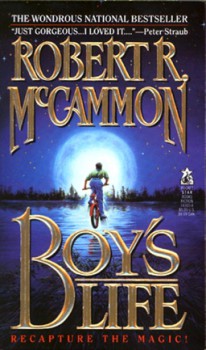The Public Life of Sherlock Holmes: Cthulhu Casebooks & Nightmares
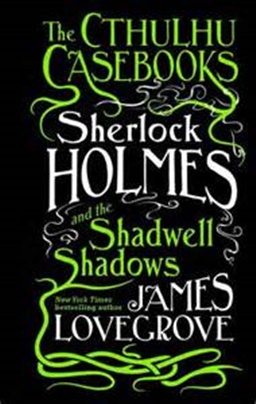 In the early 1900’s, Maurice Leblanc had his French detective, Arsene Lupin, face off with Herlock Sholmes. I think you know who he’s battling – spelling disregarded. 1965’s A Study in Terror sent Holmes after Jack the Ripper on movie screens and in 1988, and Sax Rohmer biographer Clay Van Ash brought Holmes and Fu Manchu together in Ten Years Beyond Baker Street. Crossovers have become more and more popular over the years. James Lovegrove currently has Holmes interacting with the Cthulhu mythos.
In the early 1900’s, Maurice Leblanc had his French detective, Arsene Lupin, face off with Herlock Sholmes. I think you know who he’s battling – spelling disregarded. 1965’s A Study in Terror sent Holmes after Jack the Ripper on movie screens and in 1988, and Sax Rohmer biographer Clay Van Ash brought Holmes and Fu Manchu together in Ten Years Beyond Baker Street. Crossovers have become more and more popular over the years. James Lovegrove currently has Holmes interacting with the Cthulhu mythos.
I don’t do a lot of book reviews here at The Public Life of Sherlock Holmes because I generally don’t like to reveal spoilers. And it can be tough to talk about the strong points of a book without giving away key elements. But sometimes, especially with older books, that’s part of the price of the post. So, I’ll try to limit revelations in this one, but be warned: There be spoilers here!
Lovegrove, who has written several non-Holmes books, is part of Titan’s stable of new Holmes authors. Sherlock Holmes and the Shadwell Shadows is the first of a trilogy, with Sherlock Holmes & The Miskatonic Monstrosities due out in Fall of 2017 and Sherlock Holmes and the Sussex Sea Devils to wrap things up in November of 2018.
The basic premise of the book (yea, the trilogy) is that Watson made up the sixty stories in the Canon. He did so to cover up the real truth behind Holmes’ work. And that’s because the truth is too horrible to reveal. In a nutshell, Watson has written three journals, each covering events fifteen years apart, to try and get some of the darkness out of his soul.
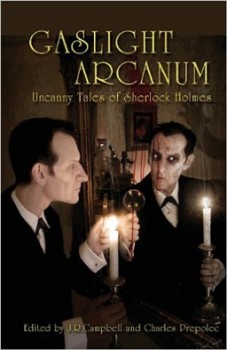
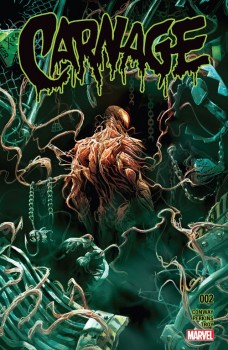
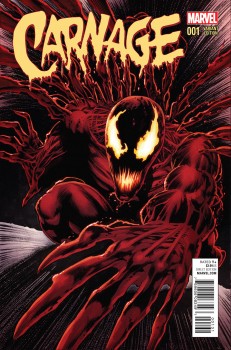 I’ve been thinking about horror again, as a genre. I’ve been trying to read some Cthulhu stuff; I’ve reread some Image and Marvel horror comics; and I’ve also recently read Ellen Datlow’s Best Horror of the Year #8. Lots to mull over.
I’ve been thinking about horror again, as a genre. I’ve been trying to read some Cthulhu stuff; I’ve reread some Image and Marvel horror comics; and I’ve also recently read Ellen Datlow’s Best Horror of the Year #8. Lots to mull over.